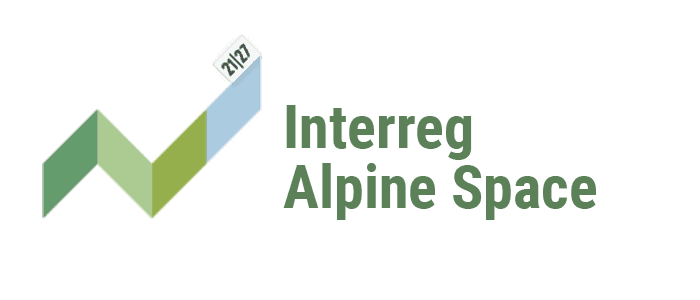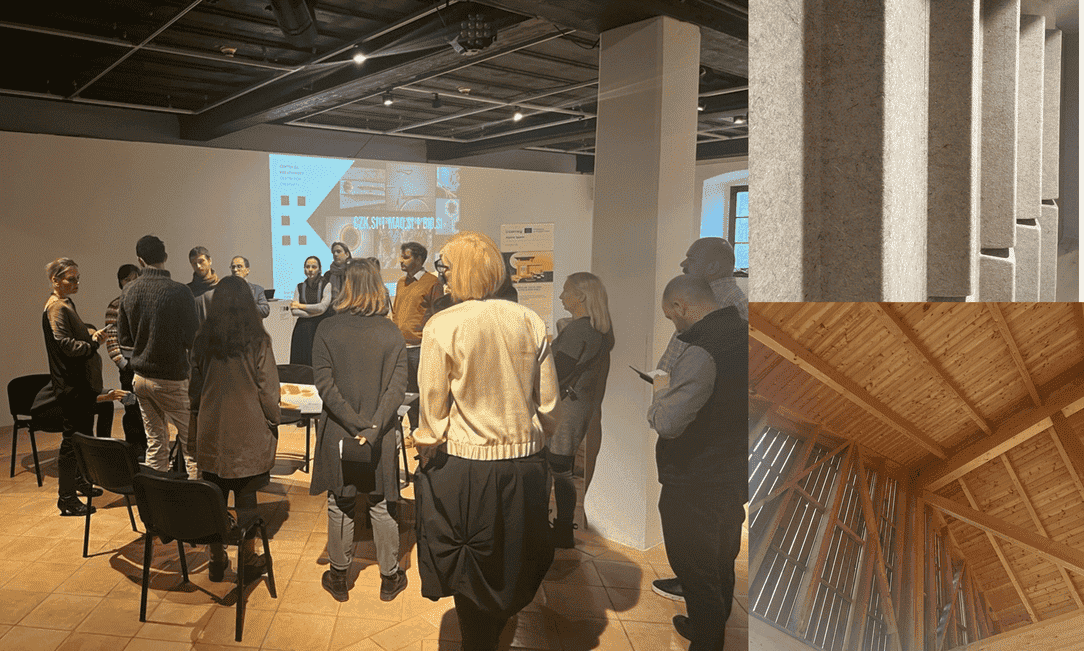On February 12, 2025, a select group of experts in sustainable architecture and construction gathered for the BAUHALPS Workshop and Site Visit, organized by the Museum of Architecture and Design (MAO) in collaboration with the Centre for Creativity (CzK) and the Technology Park Ljubljana. The event, part of the European BAUHALPS project (Interreg Alpine Space), aimed to explore the transformation of the built environment in the Alpine region through the principles of the New European Bauhaus (NEB).
Morning Session at MAO, Ljubljana
The day started at the Museum of Architecture and Design (MAO) in Fužine Castle, Ljubljana, with an insightful discussion on intersectoral cooperation opportunities within the NEB framework. Experts from various fields—architecture, urban planning, construction, and local governance—contributed to a dynamic exchange about challenges, traditional techniques, and innovative approaches in sustainable building practices.
The workshop focused on:
- Mapping traditional construction techniques and materials in the Alpine region.
- Exploring how new technologies and scientific research can integrate with heritage methods.
- Identifying opportunities for intersectoral collaboration and local community involvement.
- Assessing the feasibility of pilot projects to test sustainable models in construction.
- Discussing potential open-source tools and standards for evaluating sustainable projects.
A key highlight was the Fužine Castle pilot project, which aims to serve as a model for integrating sustainable renovation practices into cultural heritage sites.
Site Visit in Bohinj
In the afternoon, the group traveled to Bohinj, where they visited several architectural sites showcasing different approaches to Alpine construction:
- Hotel Bohinj – A contemporary interpretation of Alpine hospitality architecture.
- Villa Muhr – A historical building reflecting traditional construction techniques.
- House in Alpine Village – A modern residential structure incorporating sustainable design principles.
- Kindergarten in Bohinjska Bistrica – A public building designed with energy efficiency and local materials in mind.
These visits provided a deeper understanding of the architectural diversity in the region, the integration of local materials, and the challenges of adapting heritage buildings to contemporary sustainability standards.
Conclusions and Next Steps
The BAUHALPS event successfully fostered dialogue between experts and stakeholders, laying the groundwork for future collaborations. The findings from the workshop and site visit will contribute to the development of guidelines and policies aimed at promoting sustainable architecture in the Alpine region. Additionally, the Fužine Castle pilot project will continue to serve as an experimental platform for testing new materials, participatory planning approaches, and innovative restoration techniques.
By integrating the New European Bauhaus principles—sustainability, inclusion, and aesthetics—into regional development strategies, BAUHALPS is paving the way for a greener and more resilient built environment in the Alps.



